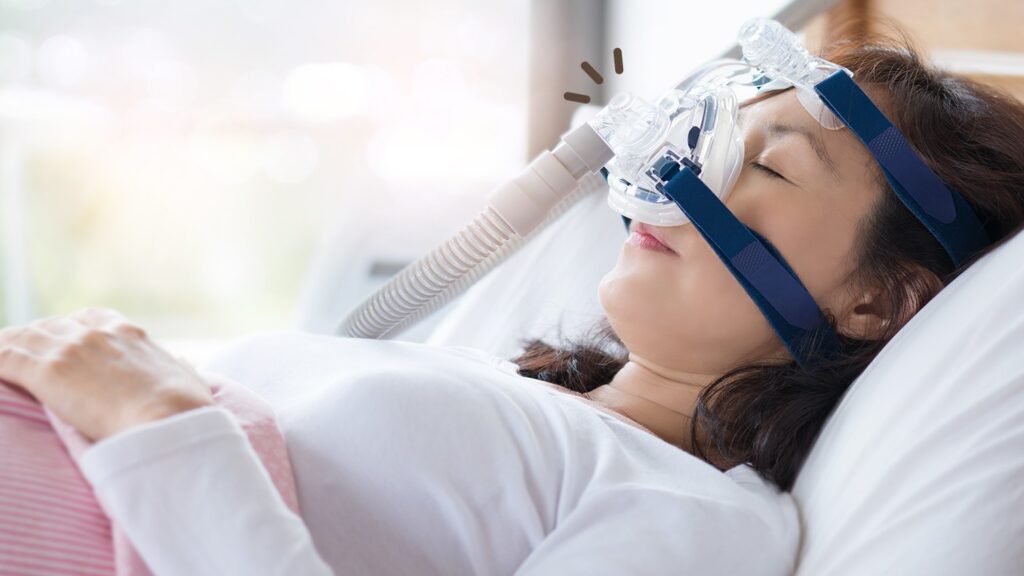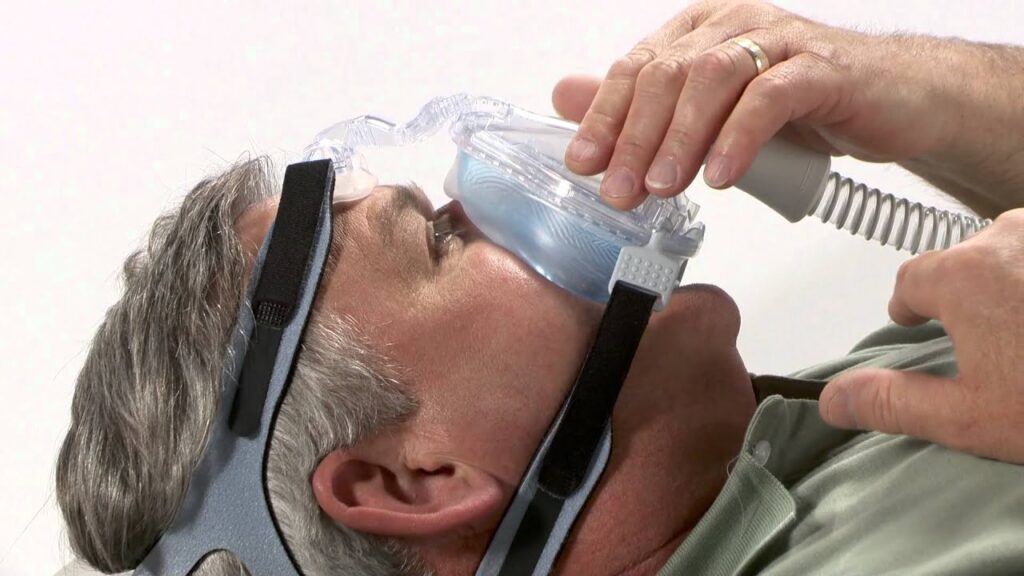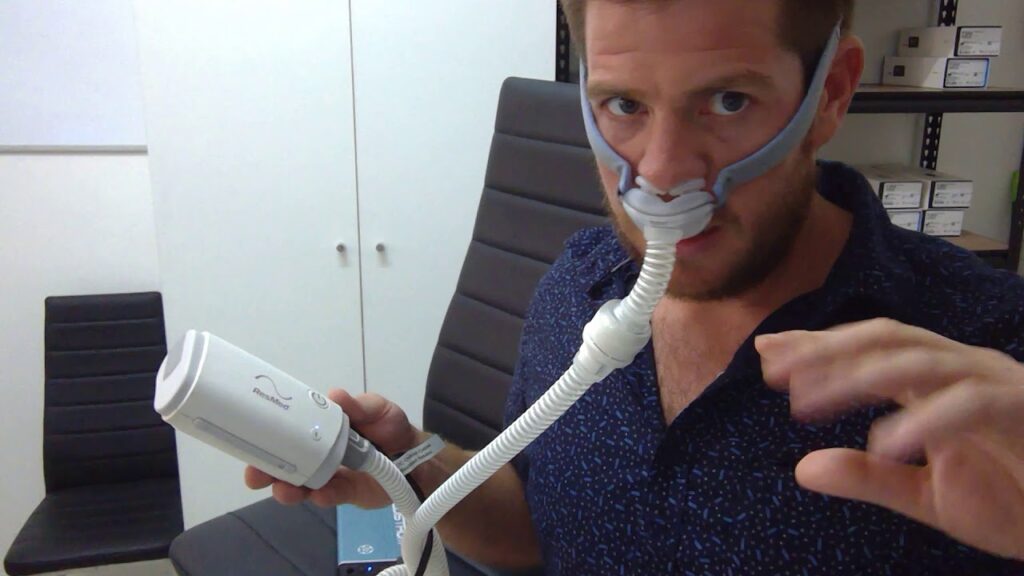CPAP masks, also known as Continuous Positive Airway Pressure masks, have revolutionized the treatment of sleep apnea. These masks play a vital role in delivering a controlled flow of air pressure to keep the airways open during sleep. Over the years, CPAP mask design has evolved significantly, transitioning from a sole focus on function to prioritizing user comfort.
Understanding the Basics of CPAP Masks
Before diving into the evolution of CPAP mask design, it’s essential to understand the basics. CPAP masks Australia are key components of the CPAP therapy system, which is widely used to treat sleep apnea. The primary purpose of these masks is to deliver a constant flow of pressurized air to the patient’s airways, preventing them from collapsing and ensuring uninterrupted breathing during sleep.
The Purpose of CPAP Masks
CPAP masks serve a crucial function in promoting better sleep quality and improving the overall well-being of individuals with sleep apnea. By assisting in maintaining a continuous flow of oxygen, these masks help prevent pauses in breathing and mitigate the symptoms associated with sleep apnea, such as excessive snoring and daytime sleepiness.
Additionally, CPAP masks play a significant role in reducing the risk of serious health complications that can arise from untreated sleep apnea. By ensuring a steady supply of oxygen, these masks help prevent cardiovascular problems, high blood pressure, and other related issues that can result from the intermittent lack of oxygen during sleep.

Furthermore, CPAP masks contribute to the overall comfort of sleep apnea patients. With advancements in mask design, manufacturers have focused on creating masks that are lightweight, non-intrusive, and easy to use. This attention to comfort has resulted in improved compliance with CPAP therapy, as patients are more likely to consistently use the masks throughout the night.
See Also: An In-depth Review of the ResMed AirMini
Key Components of a CPAP Mask
A CPAP mask typically consists of three main components: the mask frame, the cushion, and the headgear. The mask frame provides structural support and ensures a secure fit on the face. It is usually made from lightweight materials such as plastic or silicone, allowing for a comfortable and secure fit without causing discomfort or pressure points on the face.
The cushion, made from soft and comfortable materials, creates a seal around the nose or mouth to deliver the pressurized air effectively. These cushions are designed to be gentle on the skin, reducing the likelihood of irritation or redness. Manufacturers have developed various cushion styles to accommodate different facial structures and preferences, ensuring a personalized fit for each user.
Lastly, the headgear keeps the mask in place during sleep. It is adjustable to fit different head sizes and shapes, providing a secure and stable fit throughout the night. The headgear is typically made from breathable and lightweight materials, allowing for airflow and minimizing discomfort. Some masks also feature additional straps or clips to enhance stability and prevent movement during sleep.
Overall, the combination of the mask frame, cushion, and headgear ensures that CPAP masks deliver the necessary pressurized air effectively, while also prioritizing comfort and usability for sleep apnea patients.
The Early Stages of CPAP Mask Design
In the early stages of CPAP mask design, the primary focus was on functionality. The goal was to develop masks that effectively delivered the required air pressure to the airways while ensuring a secure fit. However, the initial designs of CPAP masks posed several challenges.
The Initial Focus on Function
During the initial years, CPAP masks were predominantly designed to serve their primary purpose: delivering a constant flow of air pressure. Although these masks were effective in treating sleep apnea, they often lacked consideration for user comfort. Many early models featured rigid materials and simplistic designs that did not prioritize the individual needs of users.
As researchers and engineers delved deeper into the field of CPAP mask design, they began to recognize the importance of user comfort. They realized that in order for patients to adhere to their therapy, the masks needed to be comfortable enough to wear for extended periods of time. This realization sparked a shift in focus, leading to the development of more user-friendly designs.
One of the key challenges faced during this transition was finding a balance between functionality and comfort. Engineers had to explore new materials and design techniques that could provide effective air pressure delivery while also ensuring a pleasant user experience. This involved extensive research and testing to identify the optimal combination of materials, cushioning, and adjustability.
Challenges in Early Designs
The early designs of CPAP masks faced a range of challenges, including issues with fit, discomfort, and air leakage. The rigid materials used in these masks could cause pressure points on the face, leading to discomfort and skin irritations. Moreover, the limited adjustability made it challenging to achieve a proper fit for individuals with different facial structures.
Recognizing the need for improved fit, engineers began experimenting with different cushioning materials that could conform to the unique contours of each individual’s face. This led to the development of masks with softer, more pliable materials that provided a better seal and reduced discomfort.
Air leakage was another significant challenge in early CPAP mask designs. The rigid structures and limited adjustability often resulted in gaps between the mask and the face, causing air to escape and reducing the effectiveness of the therapy. Engineers tackled this issue by introducing innovative features such as adjustable straps, forehead supports, and nasal pillows to improve the seal and minimize leakage.
Furthermore, the early designs of CPAP masks did not take into account the diverse needs of different users. People have varying facial structures, and a one-size-fits-all approach was simply not effective. To address this, manufacturers began offering a range of mask sizes and styles to accommodate a wider range of users. This customization allowed individuals to find a mask that fit them comfortably, enhancing their overall therapy experience.
In conclusion, the early stages of CPAP mask design were primarily focused on functionality, but as the field progressed, engineers recognized the importance of user comfort. They faced challenges related to fit, discomfort, and air leakage, but through continuous research and innovation, they were able to develop more user-friendly designs that provided effective therapy while prioritizing the individual needs of users.

Transition Towards User Comfort
Recognizing the importance of user comfort, CPAP mask design began to shift, incorporating advancements in materials and making design changes to improve fit and overall user experience.
As the demand for more comfortable CPAP masks grew, manufacturers turned to material innovation to meet the needs of users. The traditional rigid materials were replaced with softer, more flexible materials that provided a gentle and comfortable fit on the face. These advancements not only improved comfort but also helped reduce skin irritations and pressure points that were commonly experienced by CPAP mask users.
One of the key material innovations was the introduction of memory foam cushions. These cushions were designed to conform to the unique contours of each individual’s face, providing a personalized fit and enhanced comfort. The memory foam material also helped to minimize leaks and ensure a more effective therapy.
The Role of Material Innovation
Material innovation played a crucial role in the transition towards more comfortable CPAP mask designs. Manufacturers started incorporating softer, more flexible materials that provided a gentle and comfortable fit on the face. These advancements not only improved comfort but also helped reduce skin irritations and pressure points.
Another material innovation that revolutionized CPAP mask design was the use of hypoallergenic materials. Many individuals who use CPAP masks have sensitive skin or allergies, and the introduction of hypoallergenic materials helped address these concerns. These materials were carefully selected to minimize the risk of allergic reactions and skin irritations, ensuring a comfortable and safe experience for users.
In addition to material innovation, design changes were also made to ensure a better fit for individuals with varying facial structures. Adjustable straps and headgear were introduced, allowing users to customize the fit of their CPAP masks. This not only improved comfort but also helped to minimize leaks and enhance the effectiveness of the therapy.
Furthermore, modular designs became more prevalent in CPAP mask manufacturing. These designs allowed users to select different cushion sizes and shapes that best suited their needs. This customization option ensured a more personalized fit and improved comfort for users, as they could choose the cushion that provided the optimal seal and comfort for their unique facial structure.
Design Changes for Better Fit
Design changes were also made to ensure a better fit for individuals with varying facial structures. Adjustable straps and headgear were introduced, allowing users to customize the fit of their CPAP masks. Additionally, modular designs became more prevalent, enabling users to select different cushion sizes and shapes that best suited their needs.
Another significant design change was the introduction of innovative venting systems. These systems were incorporated into CPAP masks to reduce noise and improve air circulation, enhancing the overall comfort of the user. By minimizing noise and ensuring proper airflow, these venting systems contributed to a more peaceful and uninterrupted sleep experience.
Moreover, manufacturers started incorporating ergonomic features into CPAP mask designs. The masks were shaped and contoured to fit the natural curves of the face, reducing pressure points and enhancing overall comfort. These ergonomic designs not only improved comfort but also helped to maintain a secure seal, ensuring the effectiveness of the therapy.
In conclusion, the transition towards user comfort in CPAP mask design involved significant material innovations and design changes. The incorporation of softer, more flexible materials, such as memory foam and hypoallergenic materials, improved comfort and addressed common issues like skin irritations and pressure points. The introduction of adjustable straps, modular designs, and innovative venting systems allowed for a better fit and enhanced customization. Additionally, ergonomic features were incorporated to reduce pressure points and ensure a secure seal. These advancements in CPAP mask design have greatly improved the user experience, making therapy more comfortable and effective.

Modern CPAP Mask Designs
Today, CPAP mask designs have reached new heights, striking a balance between function and comfort. Modern CPAP masks are filled with innovative features and technologies that enhance the overall user experience.
Balancing Function and Comfort
Manufacturers now prioritize both function and comfort in their CPAP mask designs. Masks are designed to deliver an optimal level of air pressure while incorporating user-friendly features. The goal is to create a seamless and comfortable experience that encourages consistent use of CPAP therapy.
Technological Advancements in CPAP Masks
Technological advancements have propelled CPAP mask design forward. Features such as whisper-quiet motors, integrated humidifiers, and advanced exhalation systems have improved the overall performance and user satisfaction of CPAP masks. These innovations aim to minimize noise disruption and enhance comfort during sleep.
Future Trends in CPAP Mask Design
The future of CPAP mask design holds promising advancements that will further improve user experience and overall sleep apnea treatment outcomes.
The Importance of Customization
Customization will play a critical role in the future of CPAP mask design. With advancements in 3D scanning and printing technologies, masks will be tailored to fit each individual’s unique facial features, maximizing comfort and effectiveness.
The Potential of Smart CPAP Masks
Smart CPAP masks, equipped with sensors and connectivity capabilities, will revolutionize sleep apnea treatment. These masks will collect data on sleep patterns, breathing events, and mask fit, allowing healthcare providers to personalize therapy and monitor progress remotely.
In conclusion, the evolution of CPAP mask design has come a long way, transitioning from a sole focus on function to prioritizing user comfort. Advancements in materials, design changes, and technological innovations have paved the way for more comfortable and effective CPAP masks. With the future trends in customization and smart technologies, the future of CPAP mask design looks promising, ensuring better sleep quality and improved overall well-being for individuals with sleep apnea.

